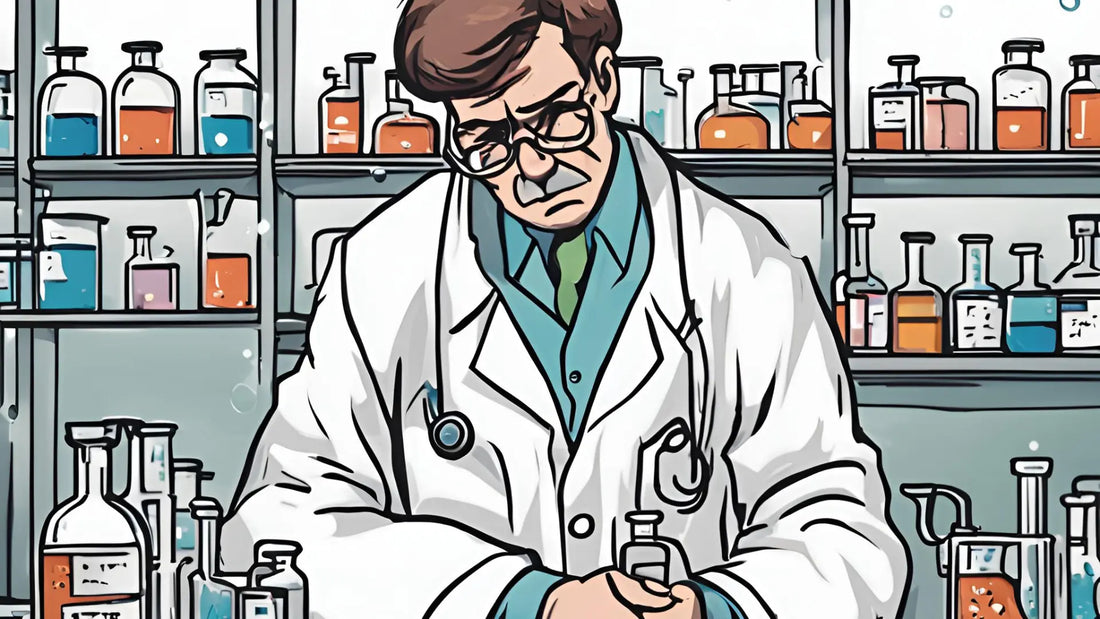
The Hidden Dangers of PFAS in the Textile Industry
Share
Per- and polyfluoroalkyl substances (PFAS) are synthetic chemicals that have been widely used since the mid-20th century. Known for their durability and resistance to water, oil, and heat, PFAS are often called "forever chemicals" due to their persistence in the environment and human body. The textile industry heavily relies on PFAS to produce water-resistant, stain-resistant, and long-lasting fabrics. This article delves into the environmental and health impacts of PFAS, focusing on their usage in textiles.
Environmental Impact of PFAS
PFAS are characterized by their chemical stability, which prevents them from breaking down in natural environments. Textiles treated with PFAS release these chemicals during washing, leading to their entry into wastewater systems. Once in the environment, PFAS accumulate in soil, water, and living organisms, resulting in extensive contamination. The persistence of PFAS means they can travel vast distances and remain present in the ecosystem for decades, posing significant environmental challenges.
Health Implications of PFAS Exposure
Human exposure to PFAS has been linked to various health issues, including:
- Endocrine Disruption: PFAS can disrupt hormonal functions, leading to reproductive and developmental issues.
- Cancer: Certain PFAS compounds are associated with an increased risk of cancers such as kidney and testicular cancer.
- Immune System Effects: Exposure to PFAS may weaken the immune system, reducing the body's ability to combat infections.
- Liver Damage: High levels of PFAS exposure can result in liver damage and impact the body's metabolic processes.
Role of the Textile Industry in PFAS Pollution
The textile industry significantly contributes to PFAS pollution due to the widespread use of these chemicals in fabric treatments. During production, PFAS can be released into the air and water, exacerbating environmental contamination. Additionally, PFAS-treated textiles continue to emit these chemicals throughout their lifecycle, from consumer use to disposal, further perpetuating environmental and health risks.
Efforts to Mitigate PFAS Use in Textiles
Various strategies are being implemented to address the use of PFAS in the textile industry, including:
- Regulations and Bans: Governments worldwide are enacting stricter regulations and bans on specific PFAS compounds to reduce their prevalence.
- Innovative Alternatives: Researchers are developing new materials and treatments that do not rely on PFAS, aiming to offer safer and more sustainable options.
- Corporate Initiatives: Many companies are committing to eliminating PFAS from their products, driven by consumer demand for safer and environmentally friendly textiles.
Conclusion
The use of PFAS in the textile industry raises significant environmental and health concerns. While these chemicals provide desirable properties to fabrics, their persistence and toxicity pose serious risks. It is essential for regulatory bodies, industry stakeholders, and consumers to work together to find and adopt safer alternatives to PFAS. Reducing reliance on these "forever chemicals" will help protect the environment and public health for future generations.

1 comment
Come faccio a sapere se il rivestimento interno del mio zaino che si sbriciola è o meni PFAS?